Thiacloprid
Synonym(s):[3-(6-Chloro-3-pyridinylmethyl)-2-thiazolidinylidene]cyanamide
- CAS NO.:111988-49-9
- Empirical Formula: C10H9ClN4S
- Molecular Weight: 252.72
- MDL number: MFCD02101042
- EINECS: 601-147-9
- SAFETY DATA SHEET (SDS)
- Update Date: 2025-12-17 18:00:19
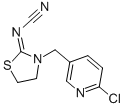
What is Thiacloprid?
The Uses of Thiacloprid
Insecticide.
Definition
ChEBI: Thiacloprid is a nitrile that is cyanamide in which the hydrogens are replaced by a 1,3-thiazolidin-2-ylidene group which in turn is substituted by a (6-chloropyridin-3-yl)methyl group at the ring nitrogen. It has a role as a xenobiotic, an environmental contaminant and a neonicotinoid insectide. It is a member of thiazolidines, a nitrile and a monochloropyridine. It is functionally related to a 2-chloropyridine and a cyanamide.
General Description
Thiacloprid is a chloronicotinyl insecticide, which can be commonly used in agriculture in order to control various sucking insects like aphids, whiteflies and some jassids. It can also be actively used against weevils, leaf miners and various species of beetles.
Find more information here: Neonicotinoids
Hazard
Moderately toxic by ingestion and inhalation. A reproductive hazard.
Properties of Thiacloprid
| Melting point: | 128-129° |
| Boiling point: | 423.1±55.0 °C(Predicted) |
| Density | 1.42±0.1 g/cm3(Predicted) |
| vapor pressure | 0-0Pa at 20-25℃ |
| storage temp. | -20°C |
| solubility | Chloroform: Slightly Soluble,Methanol: Slightly Soluble |
| form | neat |
| pka | 0.01±0.10(Predicted) |
| form | Solid |
| color | White to off-white |
| CAS DataBase Reference | 111988-49-9(CAS DataBase Reference) |
| EPA Substance Registry System | Thiacloprid (111988-49-9) |
Safety information for Thiacloprid
| Signal word | Danger |
| Pictogram(s) |
 Skull and Crossbones Acute Toxicity GHS06  Health Hazard GHS08  Environment GHS09 |
| GHS Hazard Statements |
H301:Acute toxicity,oral H332:Acute toxicity,inhalation H336:Specific target organ toxicity,single exposure; Narcotic effects H351:Carcinogenicity H410:Hazardous to the aquatic environment, long-term hazard |
| Precautionary Statement Codes |
P201:Obtain special instructions before use. P273:Avoid release to the environment. |
Computed Descriptors for Thiacloprid
| InChIKey | HOKKPVIRMVDYPB-GXDHUFHOSA-N |
New Products
4,4-Difluoropiperidine hydrochloride tert-butyl 9-methoxy-3-azaspiro[5.5]undecane-3-carboxylate Indole Methyl Resin N-Isopropylurea N,N-Dicyclohexylcarbodiimide(DCC) MELDRUMS ACID 5-METHYLISOXAZOLE-4-CARBOXYLIC ACID Magnessium Bis glycinate Zinc ascorbate 1-bromo-2-butyne 2-acetamidophenol 9(10H)-anthracenone Erythrosin B, 4-Piperidinopiperidine 2-((4-morpholinophenylamino) (methylthio) methylene) malononitrile 2,4-dihydroxybenzaldehyde 3-(4-morpholinophenylamino)-5-amino-1H-pyrazole-4-carbonitrile Methyl 2-methylquinoline-6-carboxylate 2,6-dichloro-4-nitropyridine 4-Bromo-2-chlorobenzonitrile 2-(benzylamino)acetic acid hydrochloride 4-(tert-Butoxycarbonylamino)but- 2-ynoic acid 3,4-dihydro-2H-benzo[b][1,4]dioxepine 1-Phenyl-1-cycloprppanecarboxylicacidRelated products of tetrahydrofuran

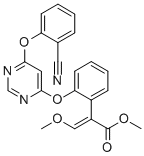
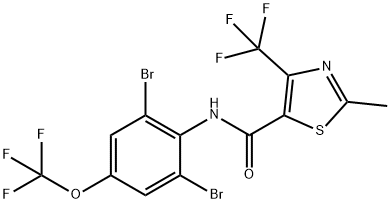
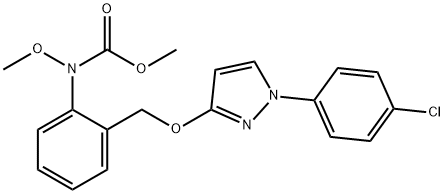
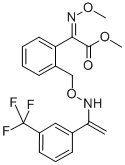
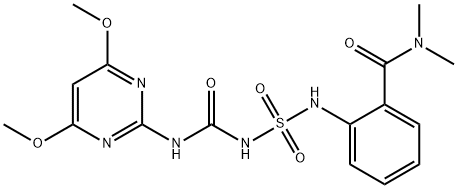
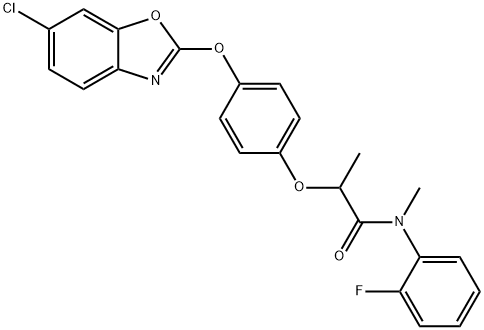
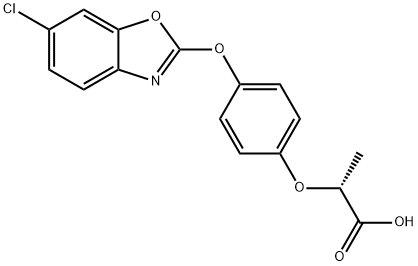
You may like
-
 Thiacloprid 95% CAS 111988-49-9View Details
Thiacloprid 95% CAS 111988-49-9View Details
111988-49-9 -
 Thiacloprid CAS 111988-49-9View Details
Thiacloprid CAS 111988-49-9View Details
111988-49-9 -
 Thiacloprid CAS 111988-49-9View Details
Thiacloprid CAS 111988-49-9View Details
111988-49-9 -
 3-(4-amino-1-oxoisoindolin-2-yl)-1-methylpiperidine-2,6-dione 98%View Details
3-(4-amino-1-oxoisoindolin-2-yl)-1-methylpiperidine-2,6-dione 98%View Details -
 20677-73-0 (2,2-diethoxyethyl)methylamine 98%View Details
20677-73-0 (2,2-diethoxyethyl)methylamine 98%View Details
20677-73-0 -
 3-(4-(hydroxyamino)-1-oxoisoindolin-2-yl)piperidine-2,6-dione 98%View Details
3-(4-(hydroxyamino)-1-oxoisoindolin-2-yl)piperidine-2,6-dione 98%View Details -
 57381-49-4 2-bromo-4-chlorobenzonitrile 98%View Details
57381-49-4 2-bromo-4-chlorobenzonitrile 98%View Details
57381-49-4 -
 4,6-dichloropyrimidine-5-carbaldehyde 98%View Details
4,6-dichloropyrimidine-5-carbaldehyde 98%View Details
5305-40-8
